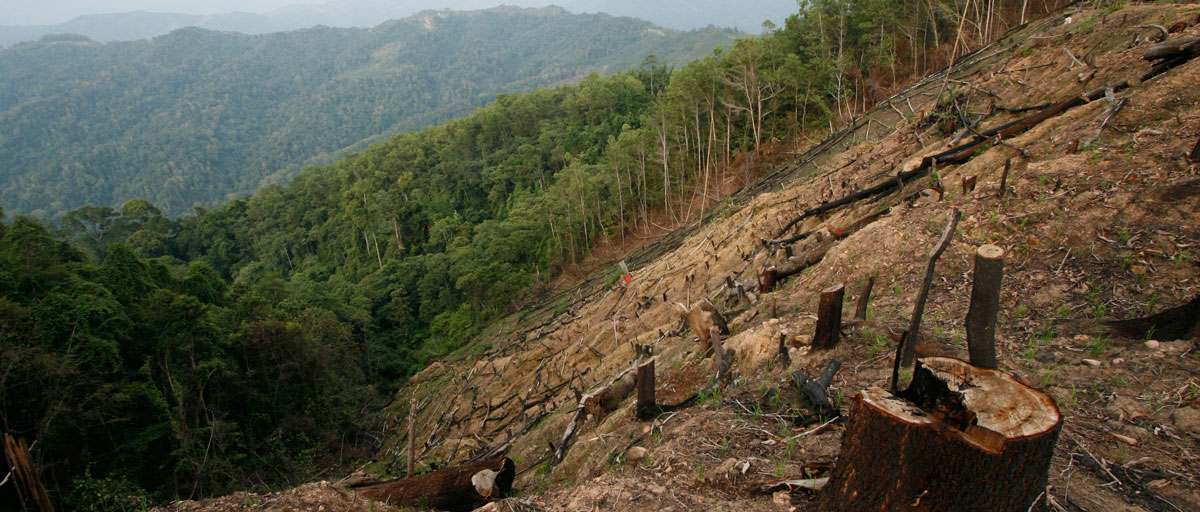RESEARCH THEMES
RESEARCH Streams
SHORTCUTS
Want to know more about our research? Click here!
INTERDISCIPLINARY COURSES
Stockholm Resilience Centre offers interdisciplinary courses on first (Undergraduate), second (Master's) and third (PhD) levels of University education. Want to know more about our courses? Click here!
POLICY and Practice
Our engagement in science-policy-practice activities has increased steadily over the years and range from high-level UN dialogues to local resilience assessments. Want to know more about our policy work? Click here!

Habitat fragmentation
Ecosystem decay of a fragmented Amazonian rainforest
Seminar with William F. Laurance, James Cook University, 24 September
The loss and fragmentation of natural habitats is one of the greatest perils to Earth's biological diversity. Prof. Laurance will synthesize key research findings from the world’s largest and longest-running experimental study of habitat fragmentation, located in the central Amazon rainforest.
Over the past 35 years, Amazonian forest fragments ranging from 1 to 100 hectares in size have experienced a wide array of ecological changes. Ecological alterations associated with the abrupt, artificial borders of the fragments have had a very important impact.
Near these forest edges, the forest microclimate is hotter and drier, many trees die, forest-carbon storage is reduced, and animal communities are often disrupted. Rare weather events, especially windstorms and droughts, have further altered the ecology of the fragments.
In general, populations and communities of species in fragments are unstable and often hyper-dynamic, relative to those in nearby intact forest. In addition to the effects of habitat fragmentation, global-scale drivers such as rising levels of atmospheric carbon dioxide appear to be affecting these forests, altering plant and animal communities in several surprising ways
About William Laurance
Professor Laurance’s research focuses on the impacts of intensive land-uses, such as habitat fragmentation, logging, and wildfires, on tropical forests and species, as well as climate change and conservation policy. His research spans the tropical world, and he has spent over a quarter century working in the Amazon, Africa, Southeast Asia, and tropical Australia. A leading voice for conservation, Prof. Laurance believes that scientists must actively engage policy makers and the general public, as well as other scientists.
He received his Ph.D. from the University of California, Berkeley in 1989. He then held research positions with the CSIRO and 14 years at the Smithsonian Institution. Laurance joined James Cook University in 2009 where he has a world-class research group. He also holds the Prince Bernhard Chair in International Nature Conservation at Utrecht University, Netherlands, and he is a research associate at Harvard University and the Smithsonian.
He has received a number of major scientific awards including the Heineken Environment Prize, BBVA Frontiers in Ecology and Conservation Biology Award, and a Distinguished Service Award from the Society for Conservation Biology.
Related info
Wednesday 24 September, 14.00-15.00
The Beijer Hall, The Royal Swedish Academy of Sciences Lilla Frescativägen 4A, Stockholm
Download seminar invitation Pdf, 246.5 kB. (Pdf, 246.5 kB)
Pdf, 246.5 kB. (Pdf, 246.5 kB)

Stockholm Resilience Centre
Stockholm University, Kräftriket 2B
SE-10691
Phone: +46 8 674 70 70
info@stockholmresilience.su.se
Organisation number: 202100-3062
VAT No: SE202100306201



